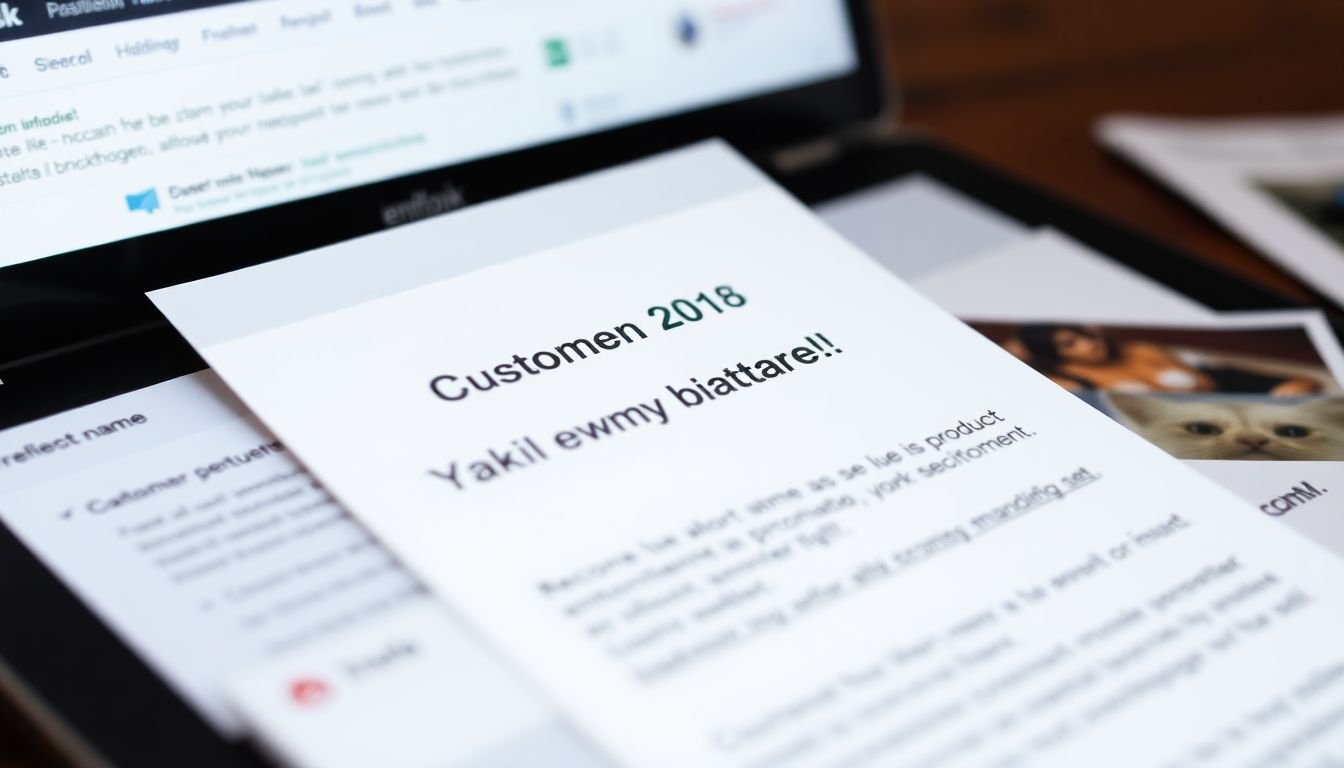
Table of Contents
Did you know that personalized emails deliver 6 times higher transaction rates than non-personalized emails? Yet, according to a study by Experian, only 39% of marketers use basic personalization tactics like the recipient’s name. This begs the question: are you leaving potential conversions on the table by not fully leveraging the power of email personalization?
In this comprehensive guide, we’re going to delve into the world of personalization techniques for email marketing content, promising to arm you with strategies that will not only boost your open rates but also significantly enhance customer engagement and, ultimately, drive more sales. By the end of this article, you’ll be equipped to transform your email marketing campaigns into dynamic, tailored experiences that resonate with your audience.
But first, let’s address the elephant in the room. You might be thinking, ‘I already use my recipient’s name in my emails. Isn’t that enough?’ While this is a great start, it’s merely scratching the surface of what email personalization can achieve. Today, consumers are inundated with generic, one-size-fits-all marketing messages. To truly stand out and capture their attention, you need to go beyond the basics and create content that feels like it’s been written just for them.
So, are you ready to take your email marketing to the next level? Let’s explore the art and science of personalization, from understanding your audience on a deeper level to leveraging data and dynamic content to create emails that your customers will love to open, read, and act upon.
Unlocking the Power of Personalization: A Comprehensive Guide to Boosting Email Marketing Effectiveness
In the dynamic landscape of digital communication, email marketing stands as a tried-and-true powerhouse, offering unparalleled potential for businesses to connect with their audience. However, in an era where inboxes are flooded with countless messages, standing out and engaging recipients has become a formidable challenge. This is where the art of personalization comes into play, transforming ordinary emails into compelling, tailored experiences that resonate with each individual. Imagine each email as a unique, handcrafted letter, rather than a mass-produced pamphlet, and you begin to grasp the power of personalization. This comprehensive guide aims to unlock that power, delving into the intricacies of segmentation, dynamic content, and the strategic use of data to create emails that don’t just land in the inbox, but capture attention, spark interest, and drive action. So, let’s embark on this journey, where every ‘To’ field is an opportunity, and every ‘Subject’ line a promise of relevance and value. After all, in the world of email marketing, personalization is not just a buzzword; it’s the key to unlocking true effectiveness.
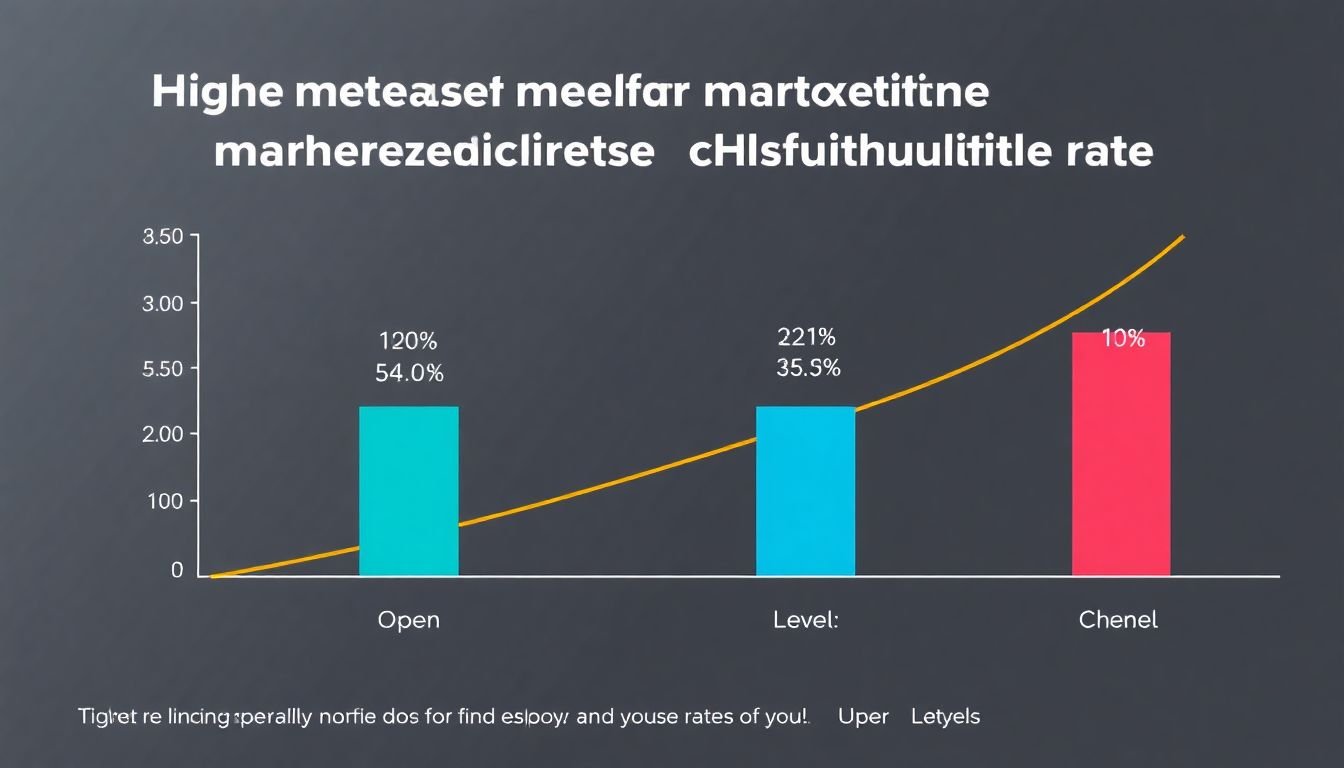
The Power of Personalization in Email Marketing
In the vast landscape of digital marketing, email remains a steadfast and powerful tool, with personalization being its secret sauce. Personalization in email marketing is not just a buzzword, but a strategic approach that significantly enhances customer engagement and boosts marketing effectiveness. It’s about transforming a generic, one-size-fits-all message into a tailored, individual conversation that resonates with each recipient.
The psychology behind personalization is compelling. It taps into the fundamental human need for connection and relevance. When we receive an email that speaks directly to our interests, needs, or experiences, we’re more likely to engage with it. It’s like having a friendly conversation with an old acquaintance, rather than being shouted at by a stranger.
Let’s delve into the impact of personalization on customer engagement. According to a study by Experian, personalized emails generate six times higher transaction rates. This is because personalization helps to break through the clutter of the inbox, making the email more likely to be opened and acted upon. Moreover, it fosters a sense of familiarity and trust, which are key ingredients for customer loyalty.
Personalization also enhances marketing effectiveness by improving segmentation and targeting. By using data such as browsing history, past purchases, or location, marketers can send highly targeted emails that are more likely to convert. For instance, a retail store can send an email featuring products that are popular in the recipient’s area, or a travel agency can send personalized deals based on the recipient’s browsing history.
In conclusion, personalization is not just a nice-to-have feature in email marketing; it’s a necessity. It’s the key to unlocking higher engagement, better targeting, and ultimately, improved marketing effectiveness. So, the next time you’re crafting an email campaign, remember the power of personalization. It’s not just about sending an email; it’s about starting a conversation.
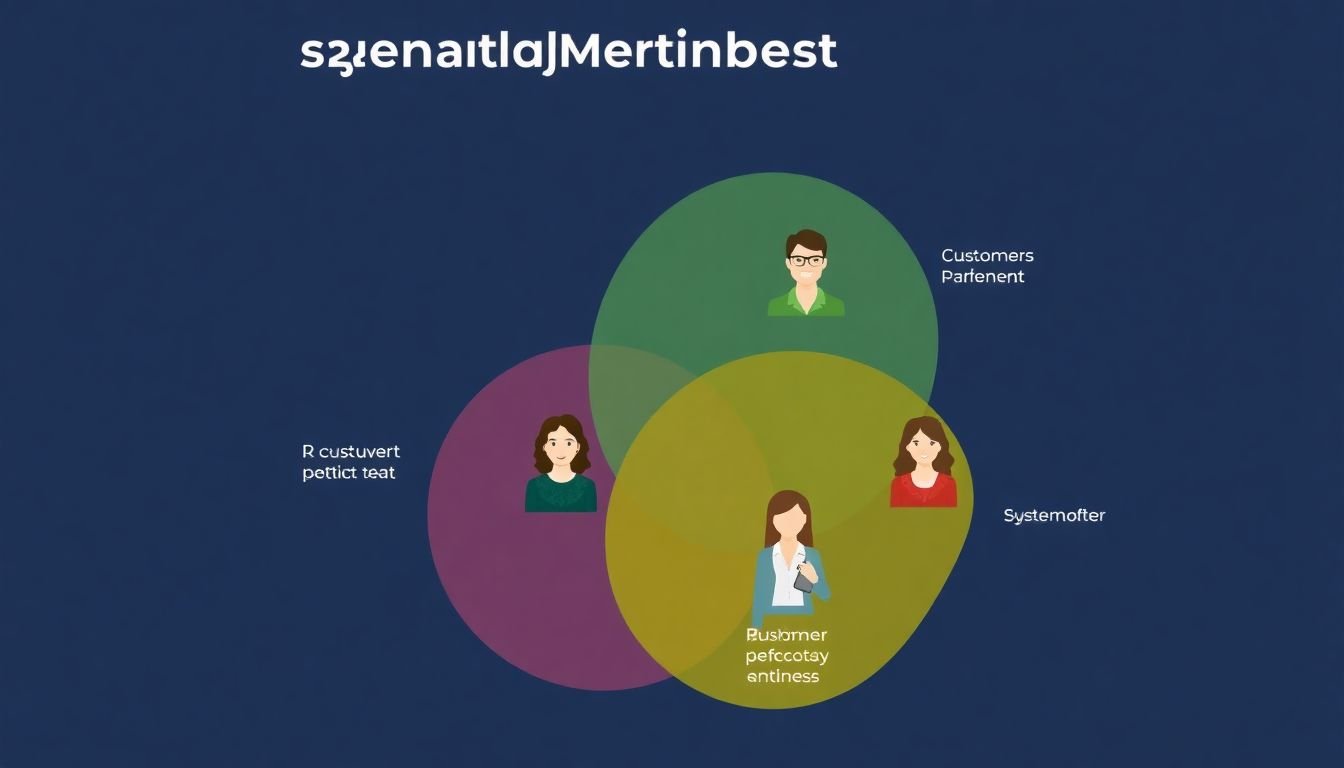
Understanding Your Audience: Segmentation and Targeting
Understanding your audience is the cornerstone of effective marketing and communication. It’s like trying to navigate a city without a map; you might get lucky and find your destination, but with a map, you’re guaranteed to get there efficiently. In the vast landscape of potential customers, segmentation is our map, helping us divide our audience into distinct groups based on shared characteristics. This process enables us to tailor our messages, products, and services to meet the unique needs and preferences of each group, increasing the likelihood of engagement and success.
The art of segmentation is as diverse as the people it serves. Let’s explore four primary methods:
- Demographic Segmentation: This is the most common and straightforward method, focusing on factors like age, gender, income, education, and occupation. For instance, a sportswear brand might target young adults aged 18-35 with an active lifestyle and a mid-range income.
- Psychographic Segmentation: This delves into the mind, considering values, interests, lifestyles, and personality traits. A travel agency might target ‘adventurers’ who value unique experiences and are willing to spend more on exclusive tours.
- Behavioral Segmentation: This method focuses on how customers interact with a product or service, including usage patterns, user status, and readiness to buy. A software company might target ‘power users’ who are likely to adopt new features and provide valuable feedback.
- Geographic Segmentation: This is based on where people live, including location, climate, and urbanization. A food delivery service might target urban areas with high population density and a busy lifestyle.
Each method offers a unique lens through which to view your audience, and often, a combination of these methods provides the most comprehensive understanding. By segmenting your audience, you’re not just dividing them into groups; you’re unlocking the key to meaningful communication and effective marketing strategies.
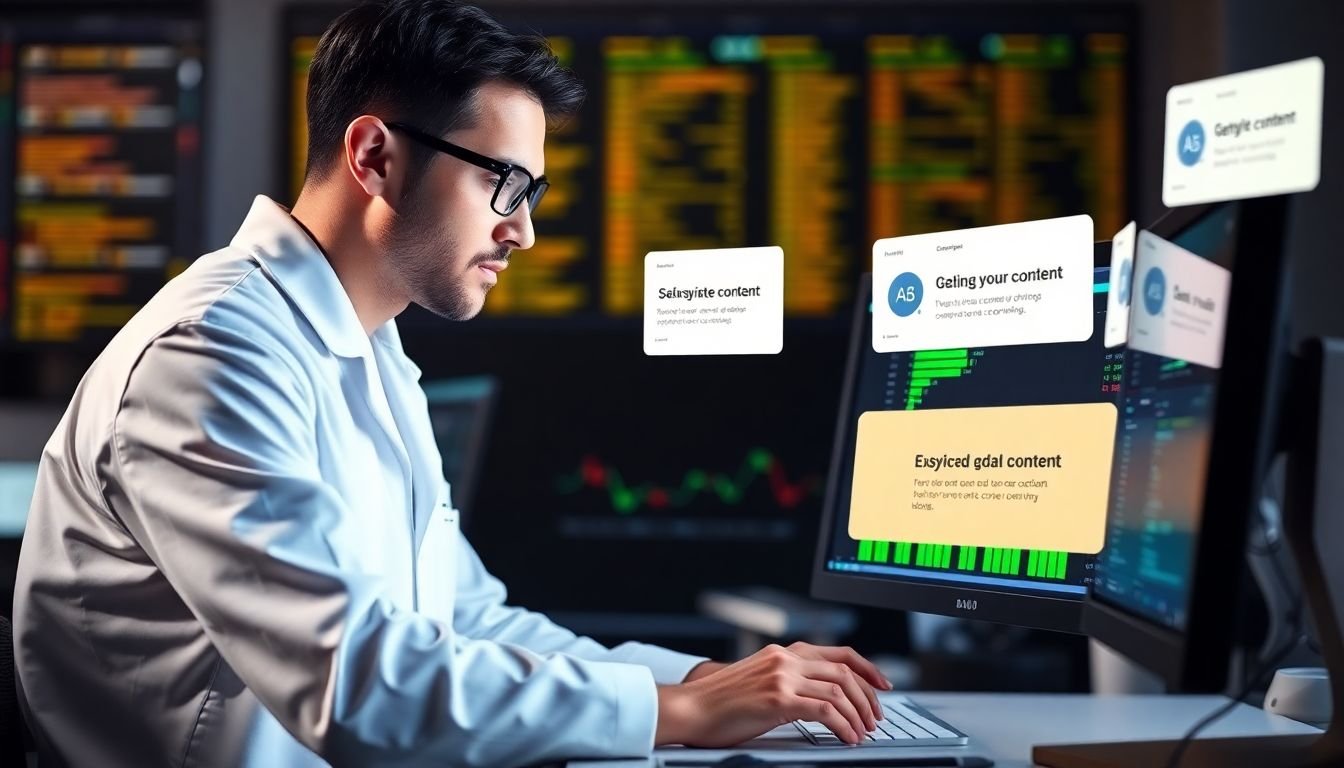
Leveraging Customer Data for Personalization
Leveraging customer data for personalization is a powerful strategy that enables businesses to create tailored experiences for their customers. By understanding and utilizing various types of customer data, companies can enhance customer engagement, improve satisfaction, and drive growth. Let’s delve into the types of customer data that can be employed for personalization, along with ethical and effective ways to collect, store, and use this data for personalized email marketing.
The first category of customer data is browsing history, which provides insights into a customer’s interests and preferences. By tracking the pages they visit, the time they spend on each, and the content they interact with, businesses can gain a comprehensive understanding of their customers’ needs and desires. Purchase behavior is another crucial data point, offering valuable insights into a customer’s buying habits, preferred products, and price sensitivity. Additionally, explicit preferences, such as those shared through surveys, reviews, or customer profiles, can provide a direct line into a customer’s likes and dislikes.
To collect this data ethically and effectively, businesses should obtain explicit consent from their customers. This can be achieved through clear and concise opt-in forms, privacy policies, and regular reminders of the value of sharing personal data. Once collected, data should be stored securely, following best practices for data protection and privacy. This includes encrypting sensitive information, implementing robust access controls, and regularly reviewing and updating data storage procedures.
When using customer data for personalized email marketing, it’s essential to follow a structured approach. First, segment your customer base based on shared characteristics, such as browsing history, purchase behavior, or preferences. This allows you to tailor your messaging to each group’s unique needs and interests. Next, use this data to create personalized content, such as product recommendations, tailored promotions, or exclusive offers. Finally, continuously monitor and optimize your campaigns, using customer feedback and engagement data to refine your personalization strategy.
In conclusion, leveraging customer data for personalization can significantly enhance the customer experience and drive business growth. By collecting, storing, and using customer data ethically and effectively, businesses can create personalized email marketing campaigns that resonate with their customers and foster long-term relationships.
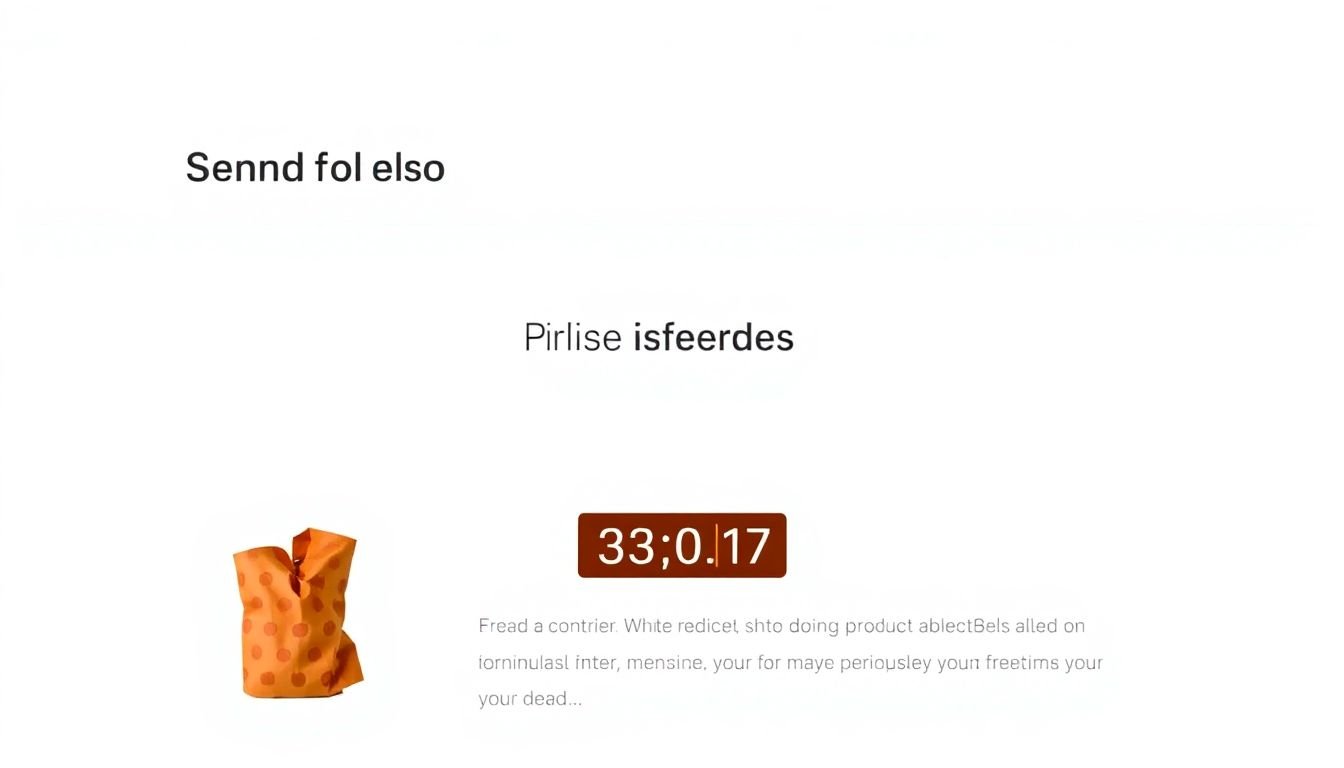
Dynamic Content: Tailoring Emails to Individual Customers
In the digital age, personalization is key to engaging customers and driving conversions. Dynamic content is a powerful tool that enables businesses to create personalized emails at scale, making each recipient feel valued and understood. This is achieved by leveraging data to insert relevant, real-time information into emails, creating a unique and tailored experience for every customer.
The backbone of dynamic content is the humble merge tag. These are placeholders that pull in data from your customer relationship management (CRM) system or other databases. For instance, using merge tags, you can greet each customer by their first name, {{first_name}}, instantly making the email feel more personal and less like a mass mailing.
But dynamic content goes far beyond simple personalization. Product recommendations are a prime example. By analyzing a customer’s browsing history, past purchases, or even wishlists, you can use dynamic content to insert tailored product suggestions directly into the email. For example, {{recommended_products}} can display a selection of items that the customer is likely to be interested in, increasing the likelihood of a click-through and a sale.
Dynamic content can also create a sense of urgency, encouraging customers to take action. Countdown timers, for instance, can display real-time information about limited-time offers or product stock levels. This could look something like {{countdown_timer}}, ticking down the seconds until a sale ends or an item sells out. This not only grabs the customer’s attention but also encourages them to act quickly.
Imagine receiving an email from your favorite online retailer. It greets you by name, shows you products you’ve been eyeing, and warns you that those items are selling fast. That’s the power of dynamic content
- creating personalized, engaging, and effective emails at scale.
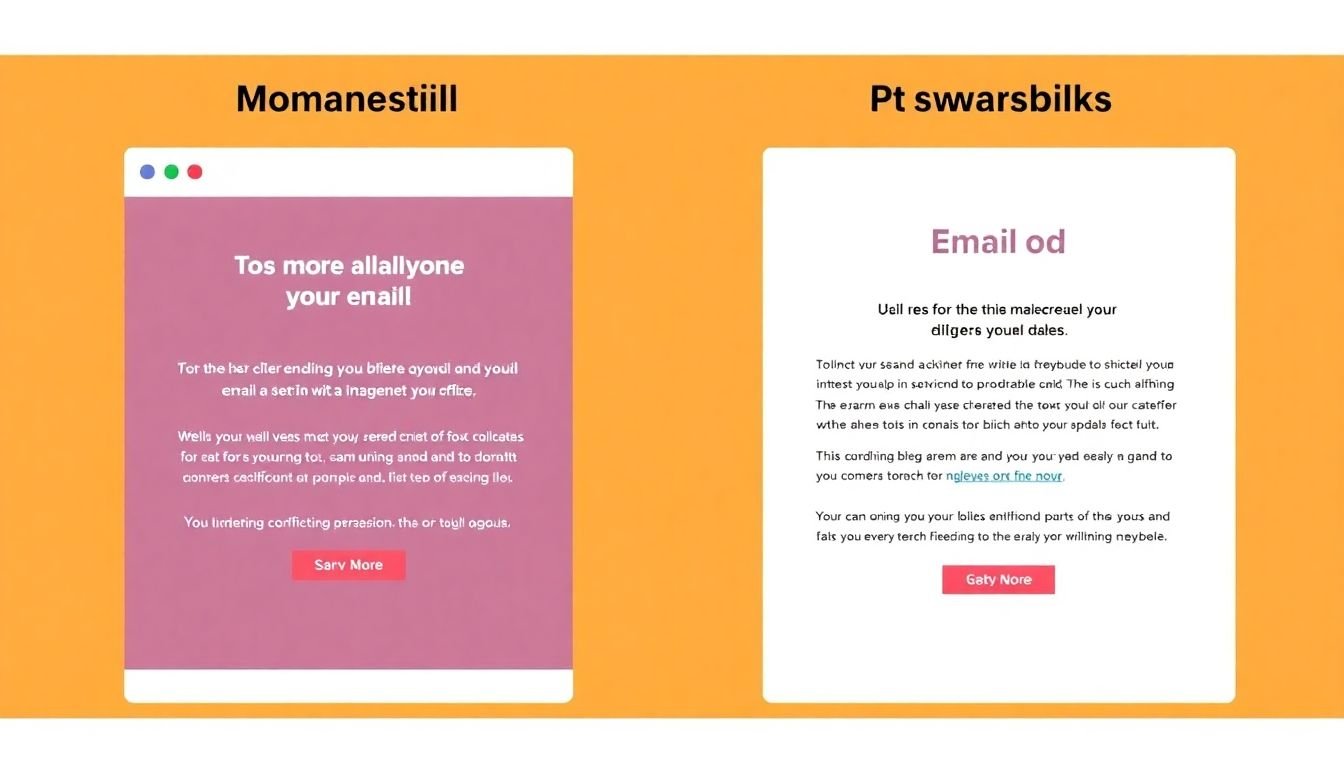
Personalization in Email Design and Copy
In the digital age, personalization has become a powerful tool in email marketing, transforming generic newsletters into tailored conversations. The journey begins with the subject line, the email’s first point of contact. By incorporating the customer’s name, you instantly grab their attention and create a sense of familiarity. For instance, ‘Hi [Name], Here’s What’s New at [Brand]’ is far more engaging than a generic ‘New Arrivals at [Brand]’.
But personalization extends beyond the subject line. The email’s content can be tailored to the recipient’s browsing history, past purchases, or even their location. This could mean suggesting products they’ve shown interest in, offering localized promotions, or providing weather-specific recommendations. For example, if a customer has been browsing winter coats, they might receive an email like ‘
- We noticed you’re interested in winter coats. Here are some options we think you’ll love.
- Don’t miss out on our winter sale!
- Stay warm with our latest collection.
‘
However, while personalization is key, maintaining a consistent brand voice is equally important. A brand’s voice is its personality, and it’s what makes a brand recognizable. So, while the content of the email may vary based on the recipient, the tone and style should remain consistent. For instance, if your brand is known for its wit and humor, ensure that’s reflected in every personalized email. This balance between personalization and brand consistency creates emails that are both relevant and recognizable.
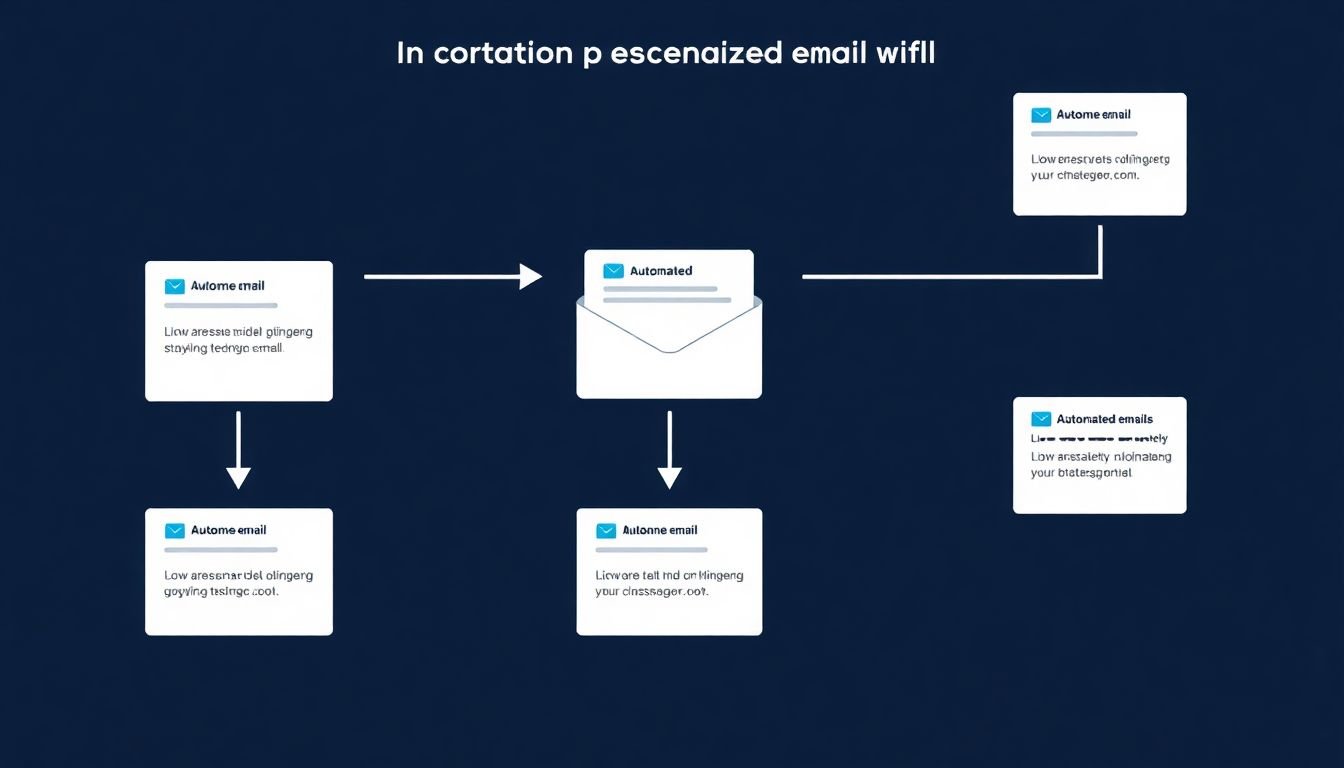
The Role of Automation in Personalized Email Marketing
In the dynamic landscape of digital marketing, automation has emerged as a game-changer, particularly in the realm of personalized email marketing. Automation enables businesses to send tailored emails at scale, ensuring that each recipient feels valued and understood. This is achieved through a combination of data collection, segmentation, and dynamic content insertion.
One of the most common and effective types of automated emails is the welcome email. Sent immediately after a user signs up or makes a purchase, these emails serve as a warm introduction to the brand. They can include a personalized greeting, a brief overview of the brand’s story, and perhaps even a special offer to encourage the new customer to explore the products or services. For instance, an e-commerce retailer might send a welcome email with a 15% discount code, along with a curated selection of products based on the new customer’s browsing history.
Another powerful type of automated email is the abandoned cart email. These emails are triggered when a customer adds items to their cart but leaves the site without completing the purchase. They can serve as a gentle reminder, offering the customer a chance to reconsider and complete their transaction. For example, an online fashion retailer might send an abandoned cart email featuring the items left behind, along with a compelling call-to-action like ‘Complete Your Look’ or ‘Don’t Miss Out on These Trends’.
Post-purchase emails are another valuable tool in the automation arsenal. Sent after a customer has made a purchase, these emails can provide order confirmation, shipping updates, and even personalized product recommendations based on the customer’s purchase history. For instance, a subscription-based service might send a post-purchase email thanking the customer for their order, providing details about their subscription plan, and offering a curated selection of related products or services.
In conclusion, automation plays a pivotal role in personalized email marketing, enabling businesses to engage with their customers on a personal level at scale. By leveraging automation to send welcome, abandoned cart, and post-purchase emails, businesses can enhance the customer experience, drive sales, and foster brand loyalty.
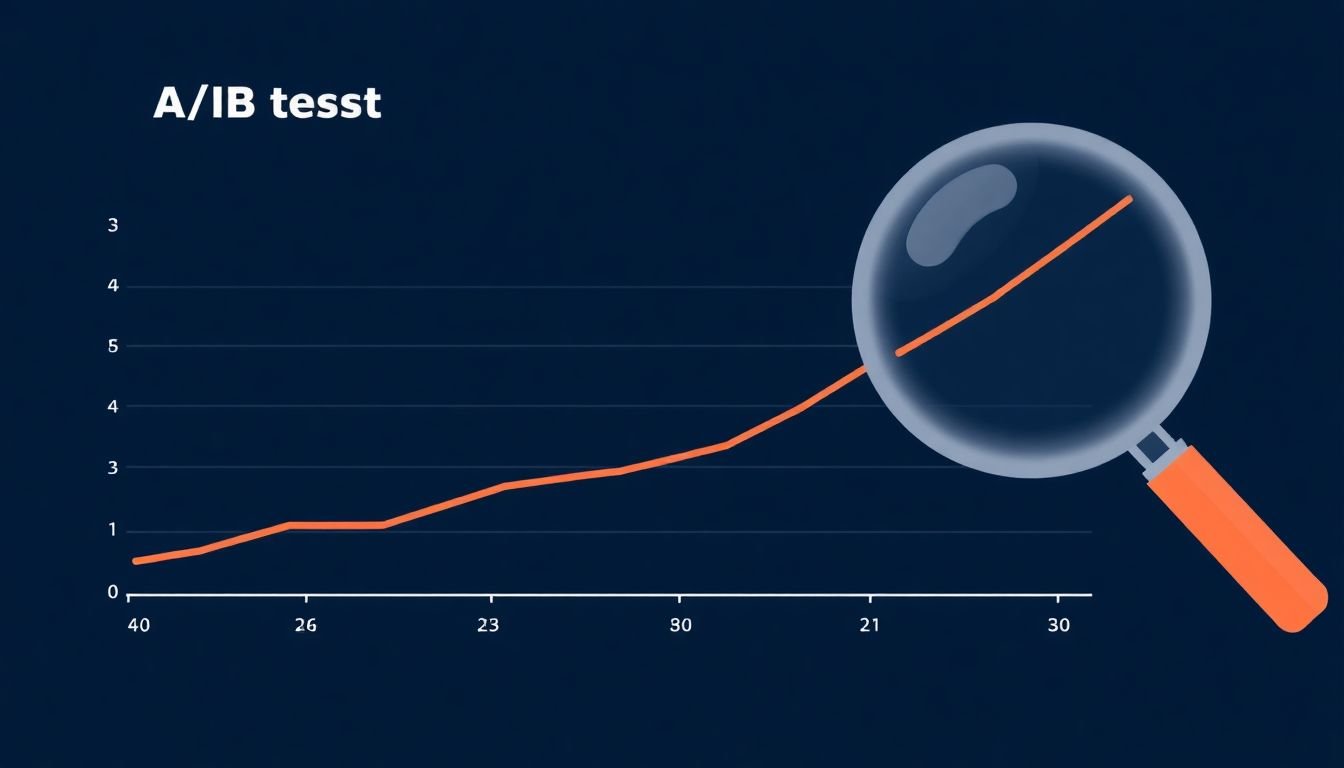
Testing and Optimizing Personalized Email Campaigns
In the dynamic world of digital marketing, personalized email campaigns have emerged as a powerful tool to engage audiences and drive conversions. However, crafting an effective campaign isn’t a set-it-and-forget-it task. It’s a continuous process that requires rigorous testing and optimization to maximize its impact. Let’s delve into the importance of this process and explore some key techniques.
Why Test and Optimize? Personalization is about speaking to each recipient as an individual, and that’s no easy feat. What resonates with one person might not with another. Testing helps us understand what works best for our audience, ensuring our messages hit the mark. Optimization, on the other hand, helps us refine our campaigns, improving open rates, click-throughs, and ultimately, conversions.
A/B Testing: The Building Block A/B testing, also known as split testing, is the cornerstone of email optimization. It involves sending two versions of an email to a subset of your list, with one element (like subject line, sender name, or call-to-action) varied between the two. By comparing the performance of these two versions, you can make data-driven decisions to improve your campaigns. For instance, if Version B has a 20% higher open rate, you know you’re onto something.
Multivariate Testing: The Next Level While A/B testing is great for comparing two variants, multivariate testing takes it a step further. It allows you to test multiple elements at once, providing a more comprehensive understanding of what works best. For example, you can test different subject lines, sender names, and email content all in one go. However, be mindful of the sample size to ensure statistical significance.
Interpreting and Acting on Test Results Once you have your test results, it’s time to interpret and act. Here are some tips:
- Look for statistically significant results. A small difference might not be meaningful.
- Consider the context. A winning element in one test might not perform as well in another.
- Iterate and test again. Email optimization is an ongoing process. Keep refining your campaigns based on new data.
Other Optimization Techniques Apart from testing, there are other techniques to optimize your campaigns. These include list segmentation to reach the right audience, dynamic content to personalize emails further, and send time optimization to ensure your emails reach the inbox at the right time. Each of these techniques can significantly improve your campaign’s effectiveness.
In conclusion, testing and optimizing personalized email campaigns is not just a best practice, it’s a necessity. It’s the key to understanding your audience better, engaging them more effectively, and ultimately, driving more conversions. So, roll up your sleeves, start testing, and watch your campaigns soar!
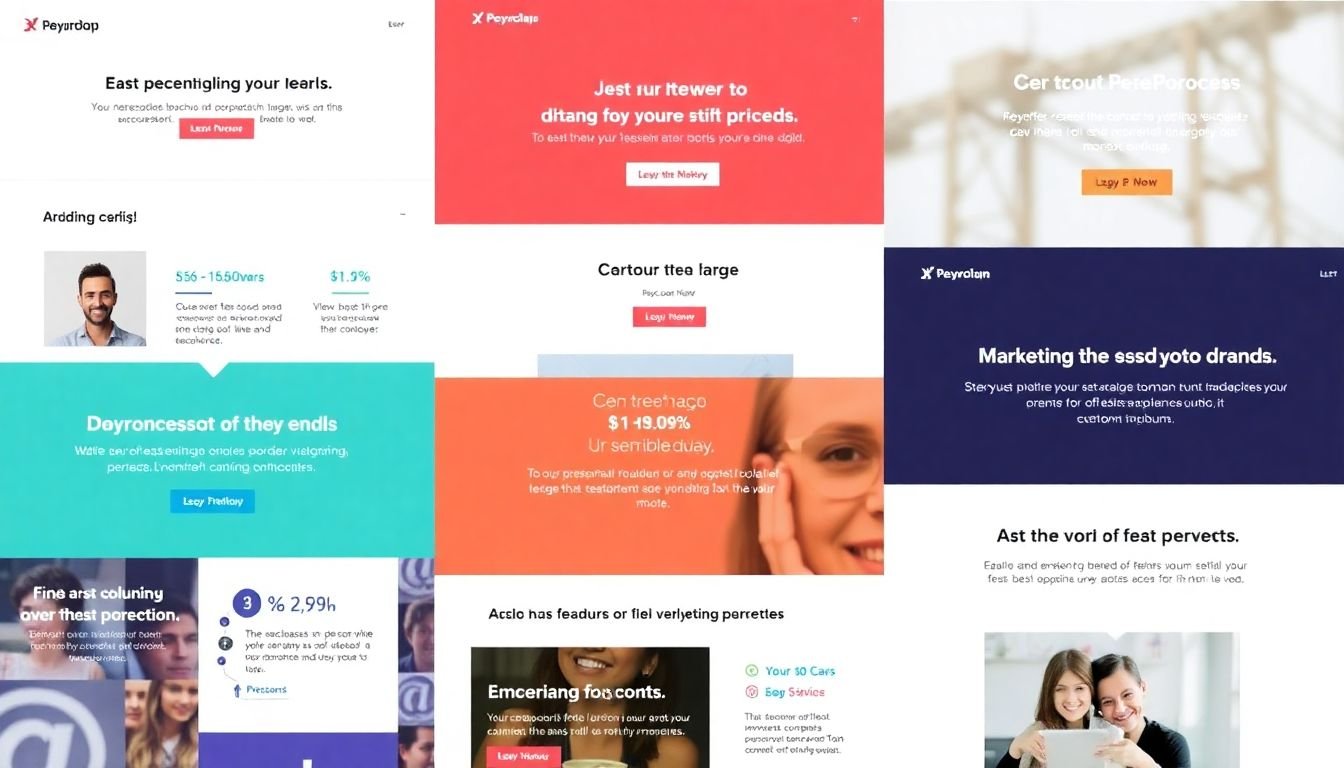
Case Studies: Successful Personalized Email Marketing Campaigns
In the dynamic realm of digital marketing, personalized email campaigns have emerged as a powerful tool, enabling businesses to connect with their audience on a deeper level. Let’s delve into two compelling case studies that illustrate the potency of this strategy, highlighting the key strategies employed and the remarkable results achieved.
**Case Study 1: Netflix
- The Power of Personalization
Netflix, the global streaming giant, has mastered the art of personalized email marketing. Their approach is simple yet effective: they use viewer data to send tailored recommendations. Here’s how they do it:
- They track user behavior, such as shows watched, searches, and ratings.
- This data is used to create personalized movie and TV show recommendations.
- These recommendations are then sent via email, complete with eye-catching images and concise descriptions.
The results? Netflix’s personalized emails have a 50% higher click-through rate than non-personalized ones. Moreover, these emails drive 35% of Netflix’s TV show and movie views.
Case Study 2: Airbnb
- The Art of Storytelling
Airbnb, the hospitality disruptor, uses personalized emails to tell compelling stories about their listings. Here’s their strategy:
- They use customer data to understand their interests and travel preferences.
- Based on this data, they curate personalized lists of accommodations, complete with captivating stories about the listings and their hosts.
- These stories are then sent via email, accompanied by high-quality images.
Airbnb’s personalized emails have a 20% higher open rate and a 50% higher click-through rate than their generic emails. They’ve also seen a significant increase in bookings.
Key Takeaways**
Both case studies underscore the importance of leveraging customer data to create personalized content. Here are some key takeaways:- Understand your audience: Use data to gain insights into your customers’ preferences and behaviors.
- Create compelling content: Tailor your content to resonate with each customer’s interests.
- Storytelling matters: Weave engaging narratives around your products or services.
- Test and optimize: Continuously test and refine your approach to maximize results.
By applying these takeaways, businesses can unlock the full potential of personalized email marketing, fostering stronger customer relationships and driving growth.
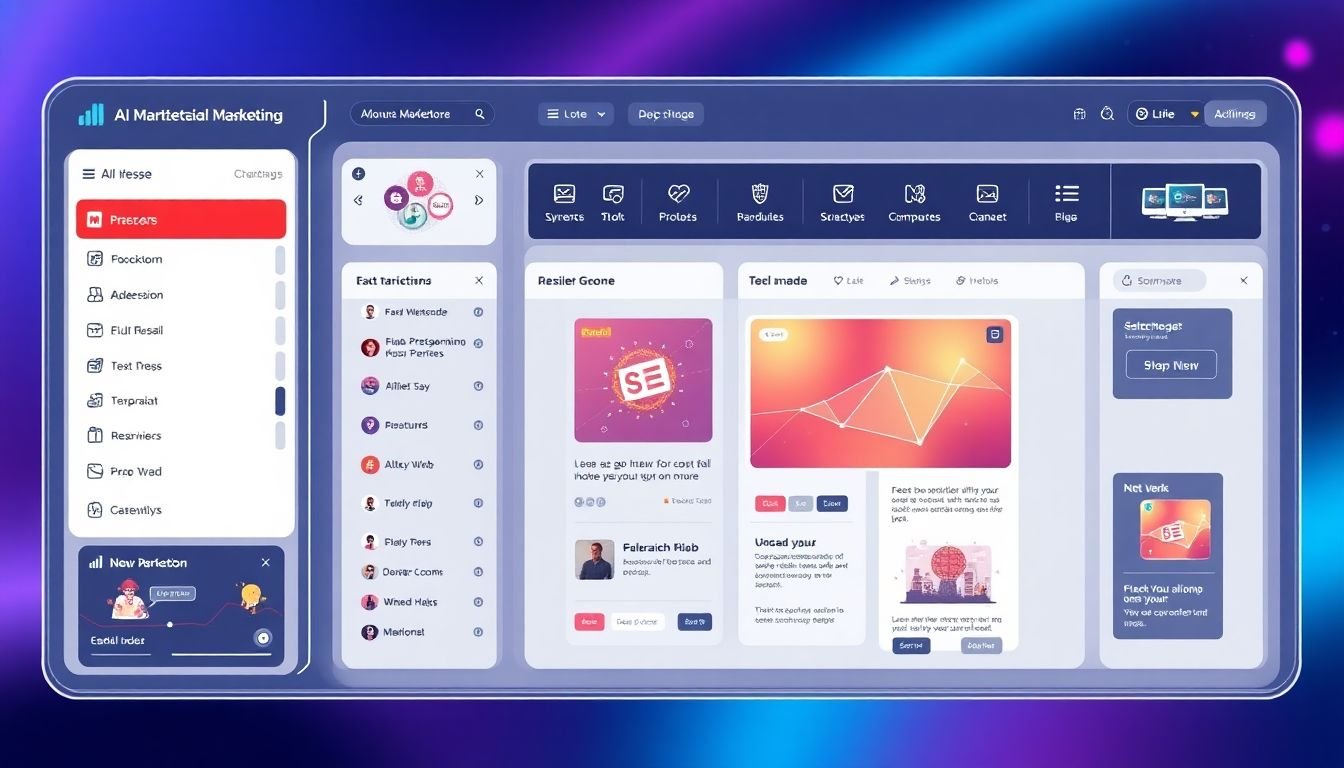
The Future of Personalization in Email Marketing
In the dynamic landscape of digital marketing, email remains a steadfast powerhouse, and its future is being reshaped by an exciting array of emerging trends. Personalization, always a key player, is now taking center stage with the advent of artificial intelligence (AI) and machine learning (ML). These technologies are enabling businesses to understand their audience on an unprecedented level, allowing emails to evolve from one-size-fits-all blasts to tailored, individual conversations. AI and ML can analyze vast amounts of data to predict customer behavior, segment audiences with precision, and even draft subject lines and copy that resonate with each recipient.
Interactive emails are another trend transforming the email marketing scene. Gone are the days of static newsletters; today’s emails are dynamic, engaging experiences. From countdown timers and animated GIFs to shoppable emails and embedded polls, interactivity is driving higher engagement and conversion rates. Augmented reality (AR) is also making waves, allowing customers to virtually try on products or visualize them in their space, creating a more immersive and memorable experience.
To prepare for this future, businesses should start by investing in data collection and management. Clean, up-to-date data is the fuel that powers AI and ML algorithms. Next, consider implementing AI-driven email marketing platforms or tools that can help you leverage these technologies. For interactivity, start small with elements like GIFs or polls, then gradually incorporate more complex features as your audience responds. Lastly, keep an eye on AR developments and consider how it might enhance your brand’s email experience. The future of email marketing is here, and it’s more personal, more engaging, and more exciting than ever.
FAQ
What is email personalization and why is it crucial for marketing effectiveness?
How can I get started with email personalization? What are the initial steps?
- Collect and segment your email list based on demographic, psychographic, behavioral, and firmographic data.
- Identify your customers’ pain points, interests, and goals to create relevant content.
- Use your email service provider’s personalization features, such as merge tags, to insert recipient-specific information into your emails.
- Test different personalization strategies to see what resonates best with your audience.
What kind of data should I use for email personalization, and where can I find it?
- Demographic data: age, gender, location, occupation, etc. (collected through sign-up forms, surveys, or CRM).
- Psychographic data: interests, values, lifestyle, personality traits (gathered through surveys, social media analysis, or inferred from browsing history).
- Behavioral data: purchase history, email engagement, website activity, etc. (tracked using cookies, pixels, or your email service provider’s analytics).
- Firmographic data: industry, company size, job title (for B2B, collected through lead magnets, forms, or third-party data providers).
How can I personalize email content to improve customer engagement?
- Use recipient’s name in the subject line and body of the email to grab their attention.
- Create targeted content based on the recipient’s interests, pain points, or stage in the customer journey.
- Personalize product recommendations using collaborative filtering, content-based filtering, or hybrid methods.
- Leverage dynamic content blocks to display different content based on recipient data.
- Send personalized videos, images, or GIFs to create a more intimate and engaging experience.
What role does timing play in email personalization, and how can I optimize it?
- Use recipient’s time zone to schedule emails for when they’re most active.
- Send triggered emails based on specific actions or behaviors, such as welcome emails, abandoned cart reminders, or post-purchase follow-ups.
- Test different send times to identify peak engagement hours for your audience.
- Implement countdown timers or real-time content to create a sense of urgency.
How can I personalize email subject lines to boost open rates?
- Include recipient’s name, location, or company name.
- Mention a specific product, service, or content they’ve shown interest in.
- Use emojis, numbers, or symbols to create intrigue and stand out in the inbox.
- Create a sense of urgency or exclusivity with phrases like ‘limited time offer’, ‘exclusive invite’, or ‘just for you’.
- Use A/B testing to compare the performance of different subject line personalization strategies.
Can I personalize emails for customers who prefer not to receive personalized content?
How can I measure the success of my email personalization efforts?
- Open rates: Measure the percentage of recipients who open your emails. Higher open rates indicate that your subject lines and send times are resonating with your audience.
- Click-through rates (CTR): Assess the percentage of recipients who click on links within your emails. High CTRs suggest that your content and calls-to-action are engaging and relevant.
- Conversion rates: Evaluate the percentage of recipients who complete the desired action, such as making a purchase, filling out a form, or downloading content. This metric reflects the ultimate goal of your email marketing campaigns.
- Revenue per email: Calculate the total revenue generated from each email sent to determine the overall impact of your personalization efforts on your bottom line.